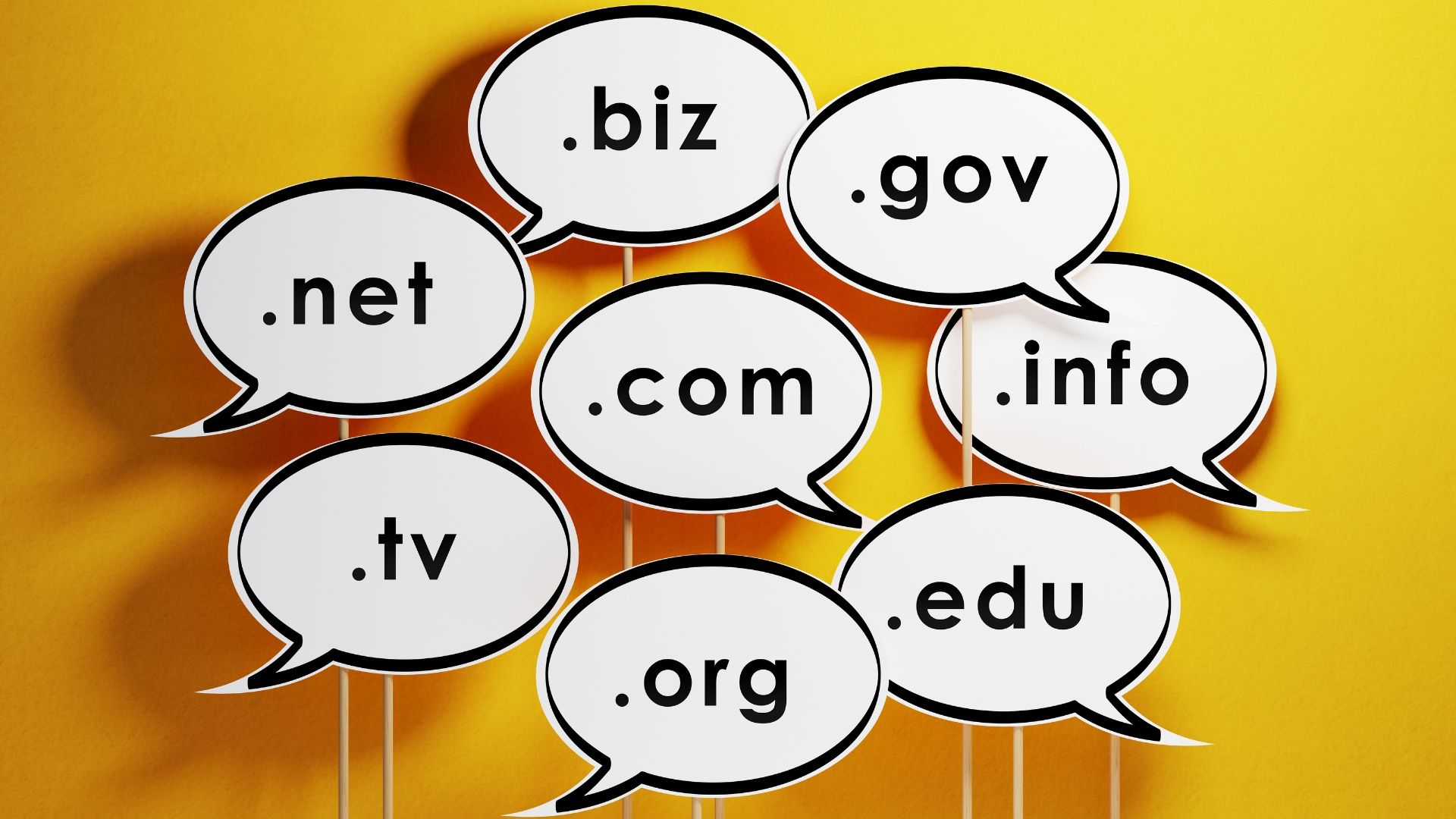Branding is an important, ongoing process for any small business. It involves creating an identity, building a reputation over time, and, of course, designing a logo. However, this is no small feat. A logo represents a company at a glance, incorporating many strategic elements into a cohesive whole. Whether you’re just getting started or looking to refresh your image, there are some key details to keep in mind. The following are our top five recommended steps for designing your small business logo.
1. Define Your Brand Identity
The first phase in any logo design process is to clearly establish your company’s brand identity. It may be helpful to conduct an internal meeting or survey of team members’ opinions. Ask specific questions about goals, values, and your vision for the future. Also, consider which emotions you wish to evoke from certain audiences. Identify which words you prefer to use when describing your business and its products or services. Is the objective to be silly or sincere? Informative or provocative? The answers to these questions will provide useful direction when it comes to designing your logo.
2. Research Competitors
Take some time to see what similar companies are doing. Review some top searches in your specific field or location. Check social media sites like Facebook, Pinterest, and Instagram to get an idea of what else is out there. Understanding which symbols are popular in your industry will provide valuable insight and a solid foundation for your designer. If you don’t know where to start, find a few company logos that really speak to you. Point out specific elements that you appreciate, others you wish to avoid, and note any areas for improvement. This can get the ball rolling if you’re struggling to come up with ideas initially.
3. Brainstorm and Select a Style
Ask an artist and they’ll tell you that inspiration can come from anywhere. Keep an open mind when browsing the internet, listening to others, or making your way around town. You never know what will catch your attention, and nothing is too trivial to write down. Ideas are everywhere for those with eyes to see them.
Over time, you’ll begin to form a concept of the exact layout you want to pursue. Whether it will be for a certain product, audience, or company in general, different types serve different purposes. Consider designing your logo with a monogram, wordmark, brandmark, or combination of a few. This choice will heavily influence its overall style. Will a mascot be helpful? How about an emblem or abstract shape? Refer back to your brand’s unique goals, values, and vision to ensure the style reflects your objectives.
4. Choose Typography
Another important aspect of the design process involves fonts and typefaces. The right typography lends a genuine flair to any small business logo, especially if you’ve settled on a wordmark. There are thousands of different fonts to choose from, not to mention custom creations. Handwritten fonts may also be worth considering for certain applications. With your brand identity and overall style in mind, narrowing down the proper typeface will be pretty straightforward. Disregard anything that would convey the wrong message and settle on something strategic.
5. Pick Colors, then Design!
A large body of research has been published on the psychology of color. For example, reds are generally great for getting attention while blues often build trust and signal quality. The right color palette will evoke emotion, create an impression, and tie your logo’s design together. This is a critical component of any brand’s imagery and identity. Similar to typography, there are countless pigments to choose from, so take your time at this stage. It may be helpful to begin with broad strokes before narrowing down to the exact hue.
After establishing a brand identity, conducting competitor research, and settling on style, typography, and colors, it’s time to begin designing. This is the fun part! Seeing your creation and hard work come to life can be extremely fulfilling. Don’t be discouraged if it takes a few iterations to polish all of the essential aspects. Nothing is set in stone, and you’re welcome to adjust as your needs and goals change over time.
Small businesses must be strategic if they wish to succeed despite tough competition. Luckily, branding is one of the best ways to stake a claim and stand out from the crowd. Designing a logo is major milestone for any company, and it’s often an exciting, engaging endeavor. If you’re interested in a new logo for your small business, we’d be honored to work with you. Feel free to contact us for more information on our branding process.
Latest Posts



